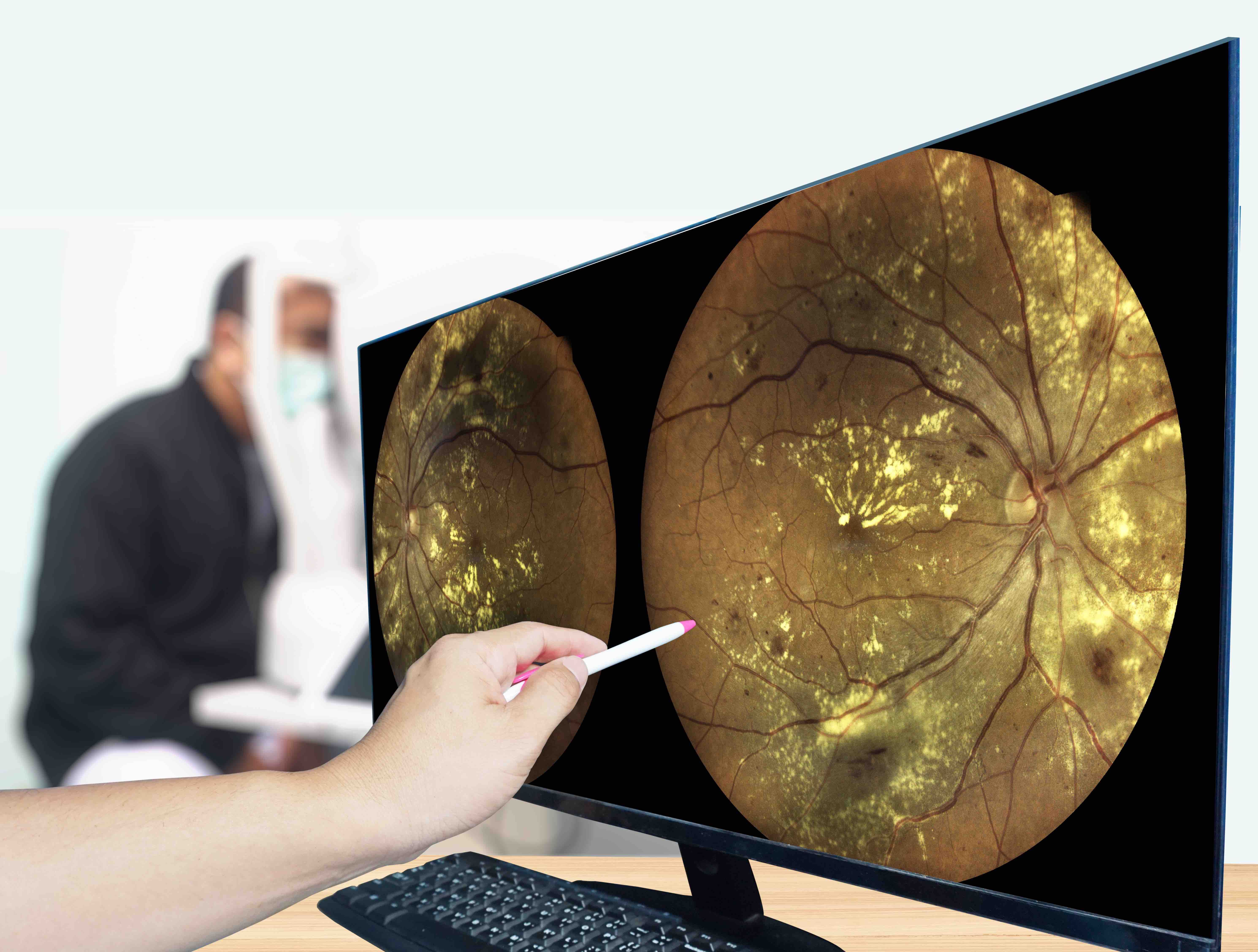Commentary
Video
Dr Natasha Halasa Discusses New Vaccine Surveillance Network Projects
Author(s):
Natasha Halasa, MD, MPH, of Vanderbilt University Medical Center (VUMC), discusses the active population-based surveillance that the New Vaccine Surveillance Network conducts.
Natasha Halasa, MD, MPH, of Vanderbilt University Medical Center (VUMC), discusses the active population-based surveillance she helps to conduct as principal investigator (PI) of the Vanderbilt site of the New Vaccine Surveillance Network, which was established in 1999 by the CDC to predict the impact of potential new vaccines. She explained that this surveillance work helps to prepare for future illnesses affecting the pediatric population worldwide.
Halasa is also a professor of pediatrics at VUMC, Division of Pediatric Infectious Diseases. Her research focuses on determining the burden of diarrheal and respiratory illnesses in pediatric and specialized populations and how to reduce them.
Transcript
Are you a part of any ongoing or upcoming research projects in either the respiratory or diarrheal fields?
Being a part of the New Vaccines Surveillance Network, and having 7 sites across the country that continually are doing active population-based surveillance, we're prepared if something new is now affecting children, either acute gastroenteritis or acute respiratory, because we're prospectively and actively collecting samples so we can always go back in time and test for them.
Like when COVID[-19] came into play, we were able to compare what happened in years prior because we're doing this same exact thing in real time. So, we could definitely show that RSV [respiratory syncytial], flu, and other envelope viruses were definitely circulating at the time in March, April, and May [2020], but after the world shut down and community measures were implemented, those viruses went away and, over time, still stayed away. The common cold virus, rhinovirus, was a non-enveloped virus that continued to persist throughout [the pandemic] and was able to show that rhinovirus is an important cause of acute respiratory illness, especially in asthma exacerbations.
The other thing we're excited about is we're continuing to look at vaccine strategies in immunocompromised host populations. We're looking at solid organ adult and pediatric transplant recipients to see if the high-dose flu vaccine is going to be more effective than the standard dose.




